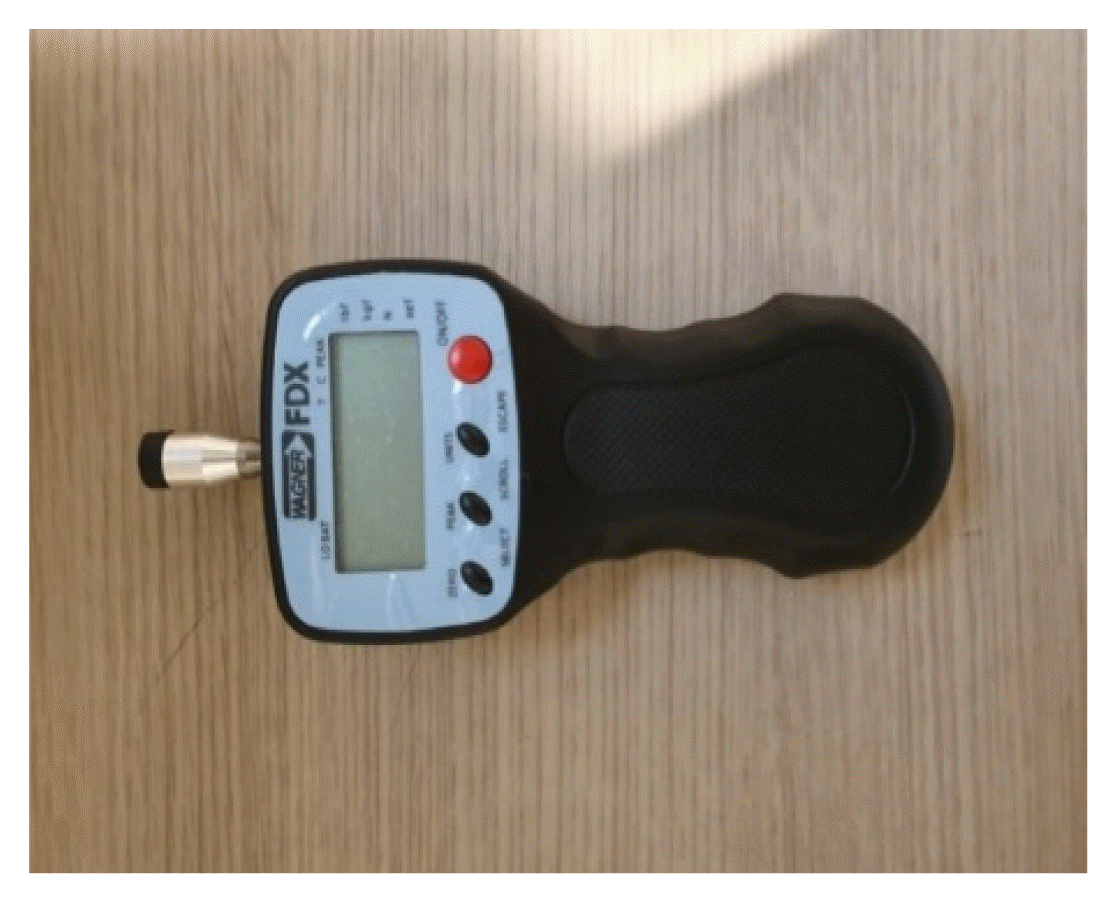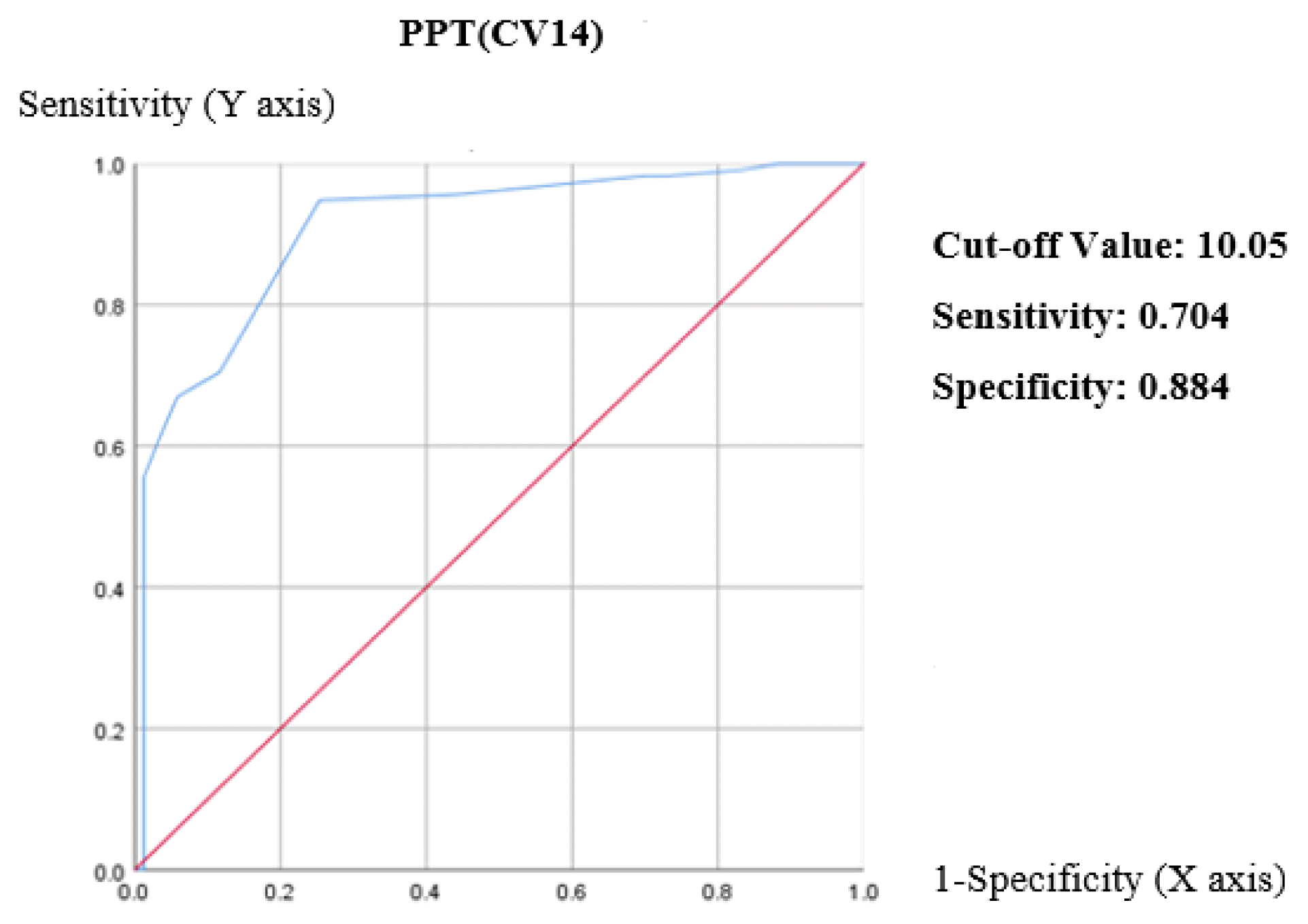Clinical Study for Objectification of Abdominal Examination with Functional Dyspepsia - Epigastric Diagnosis using Algometer
Article information
Abstract
Objectives
Using algometer, measure the pressure pain threshold (PPT) of the epigastric pain(心下痞硬) and calculate the cut-off value, and this can serve as the basis for prognostic diagnosis of functional dyspepsia so we would like to evaluate its diagnostic value.
Methods
We investigated 353 patients with functional dyspepsia symptoms who admitted Gangnam Weedahm Oriental Hospital from February 1, 2021 to February 27, 2021. At the time of the patient's visit, an oriental medical doctor measured the pressure at the first pain point on the Algometer of (CV14), twice each, at 1minute intervals. The ROC (receiver operating characteristic) curve and the optimal cut-off value derived through the diagnosis of the (CV14) PPT value for epigastric pain(心下痞硬) and the gold standard of oriental medical doctor, it was evaluated through.
Results
In 353 patients, the area under the ROC curve (AUC) was 0.909 (p=0). In addition, the optimal cutting value was 10.05 (kg/cm2), which was statistically significant. Additionally, the sensitivity of the Algometer's PPT measurement was 0.704 and the specificity was 0.884. As a result, if the PPT value of the Algometer exceeds 10.05 (kg/cm2) in terms of the optimal cutting value, it can be seen that epigastric pain(心下痞硬) is lost.
Conclusion
Algometer's PPT value measurement can be a reliable test method for quantification of epigastric pain(心下痞硬) diagnosis and can be useful as an objective indicator.




